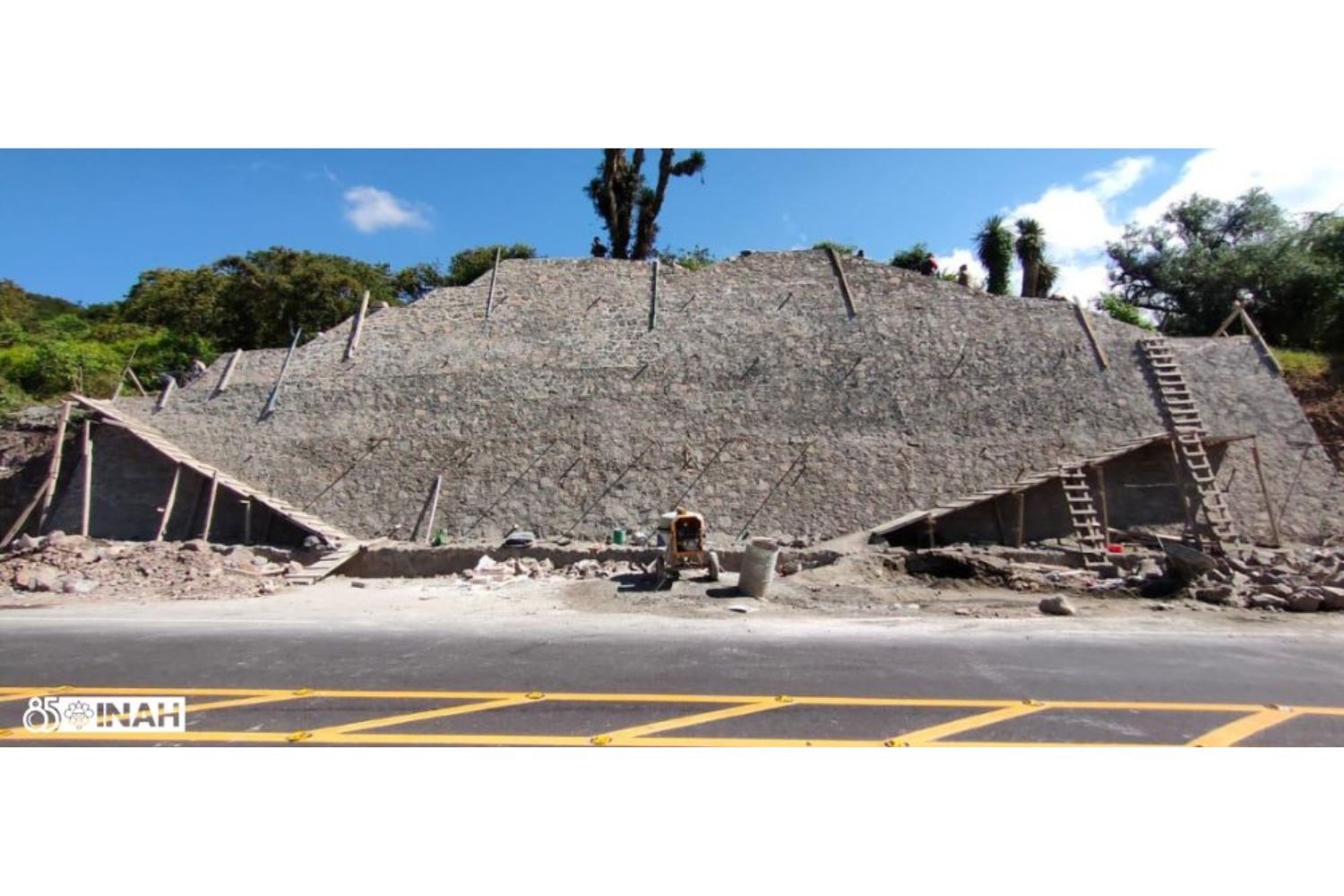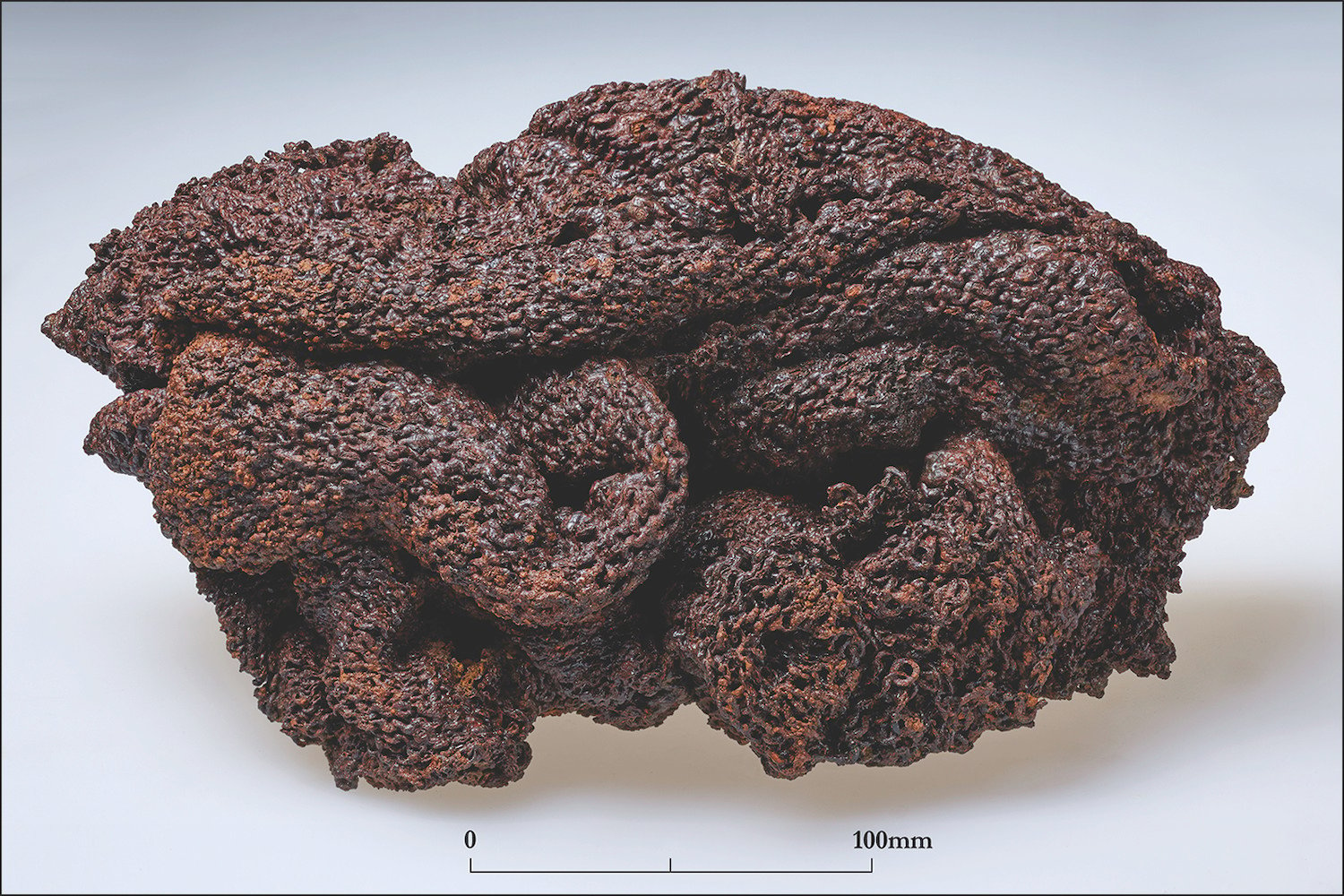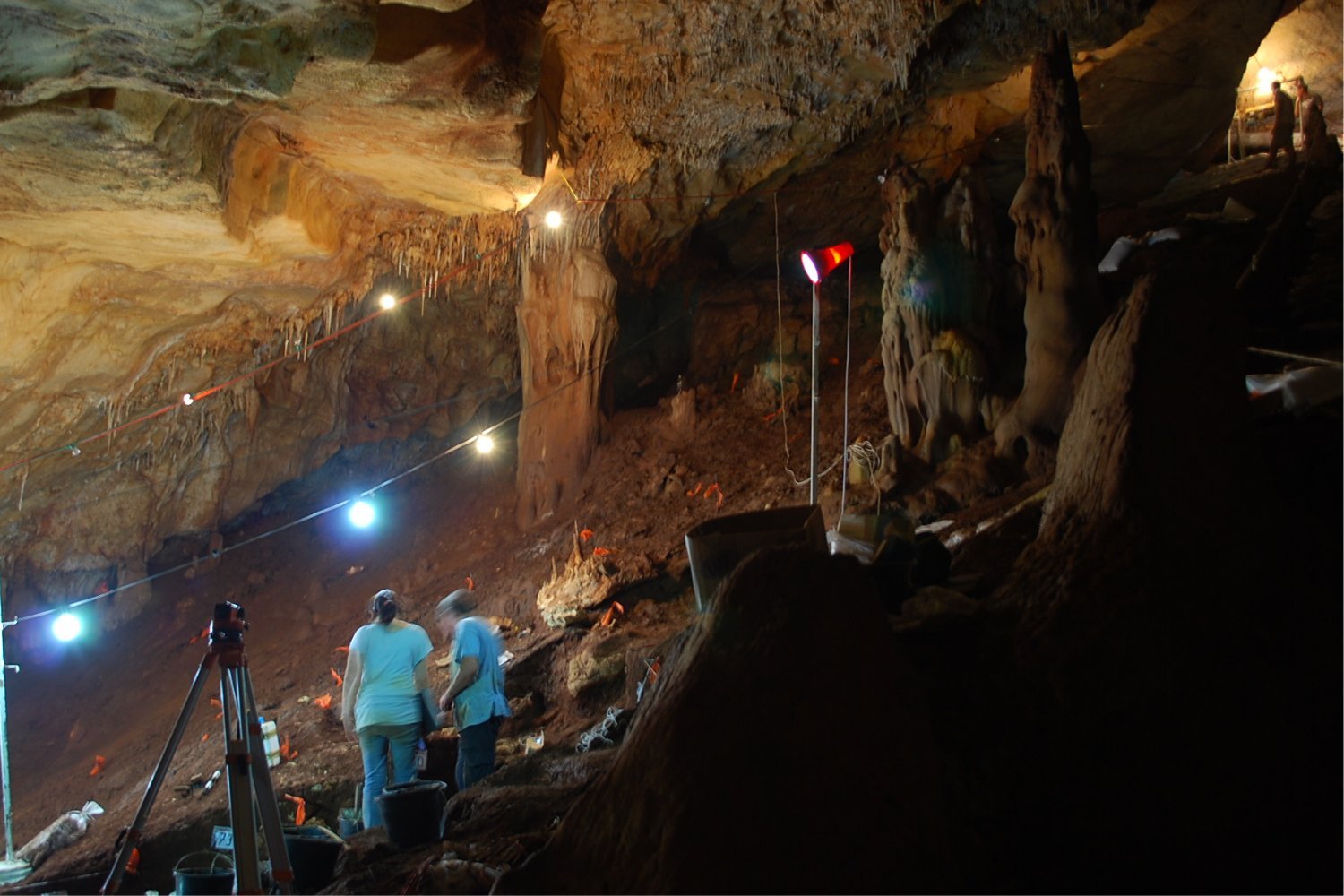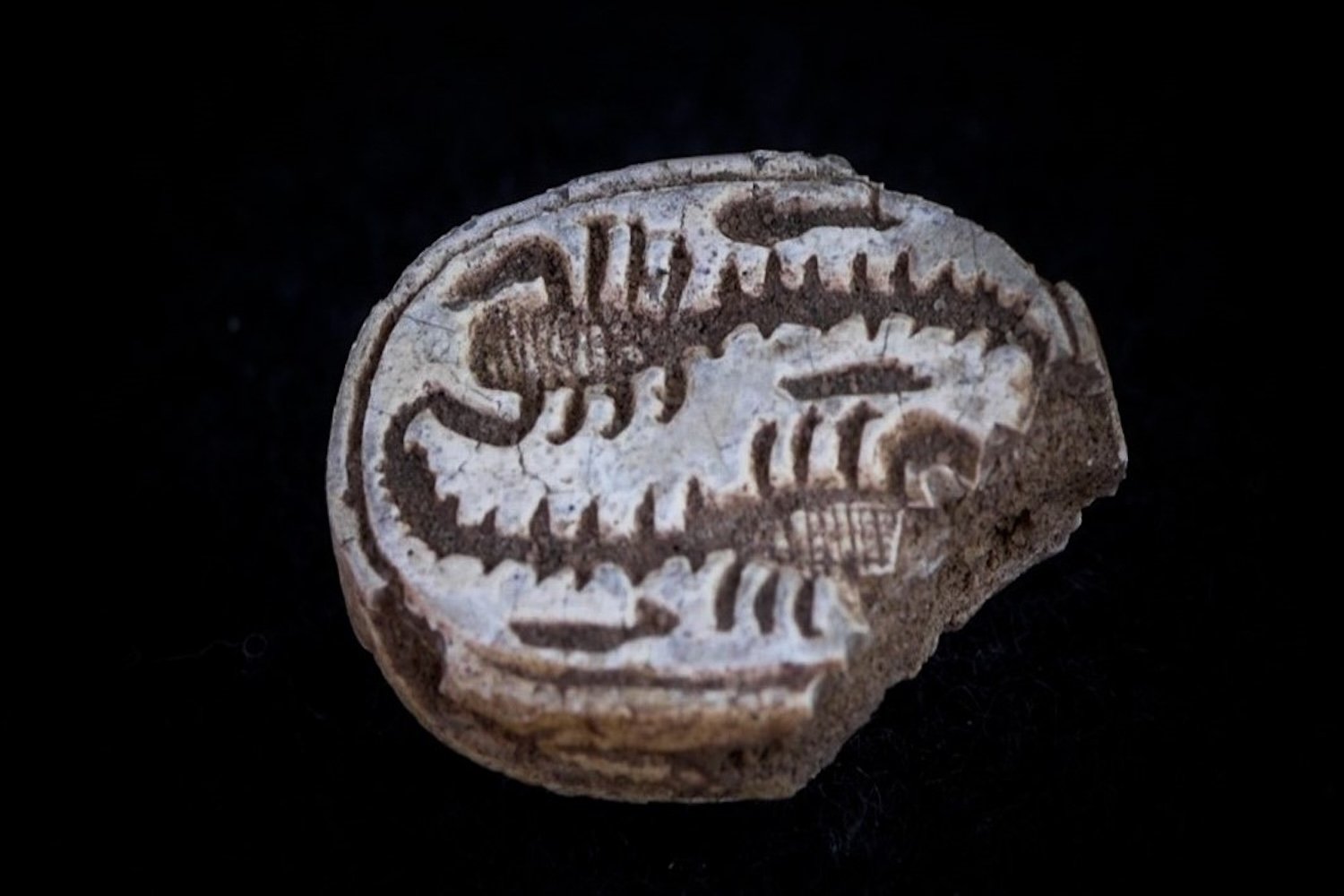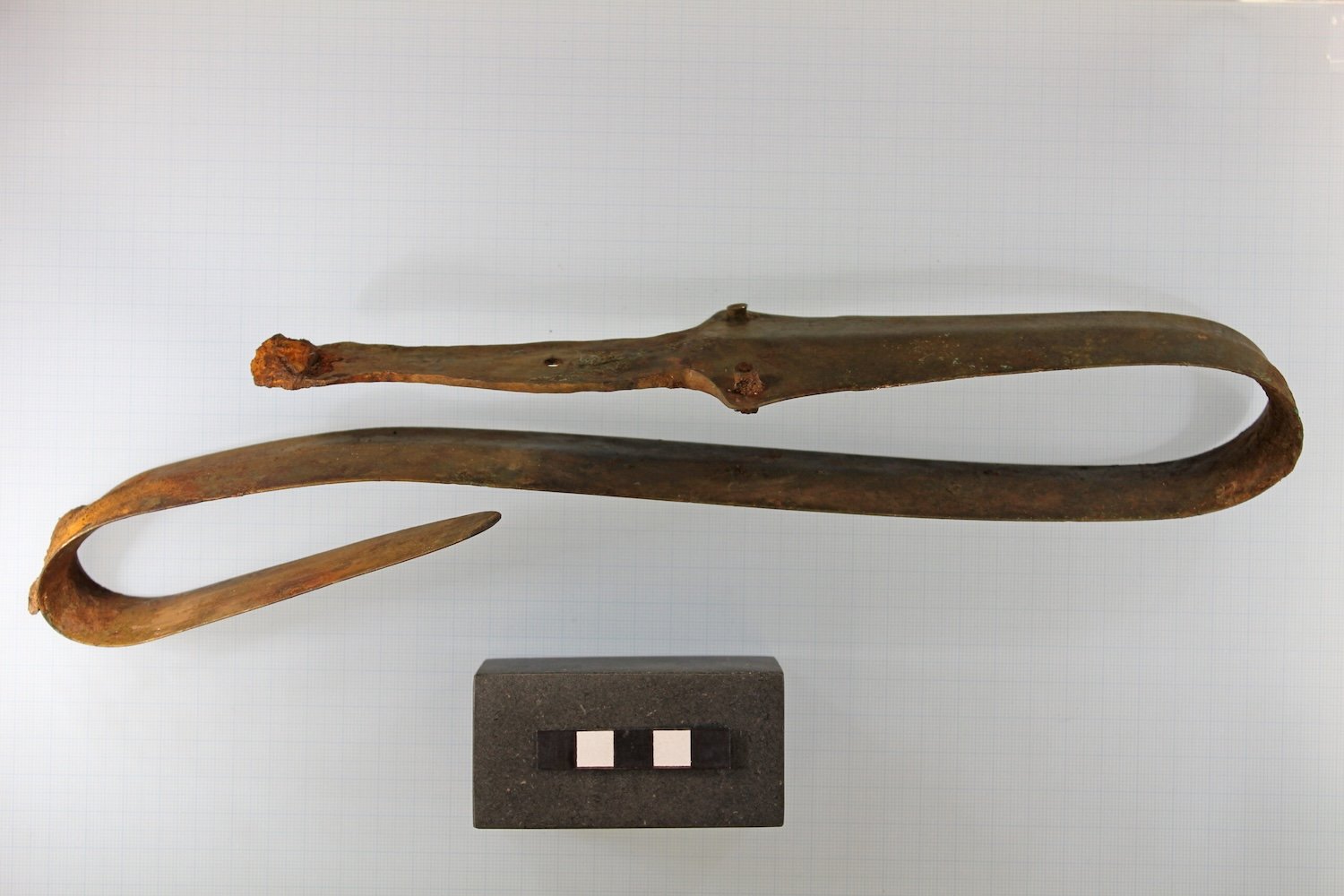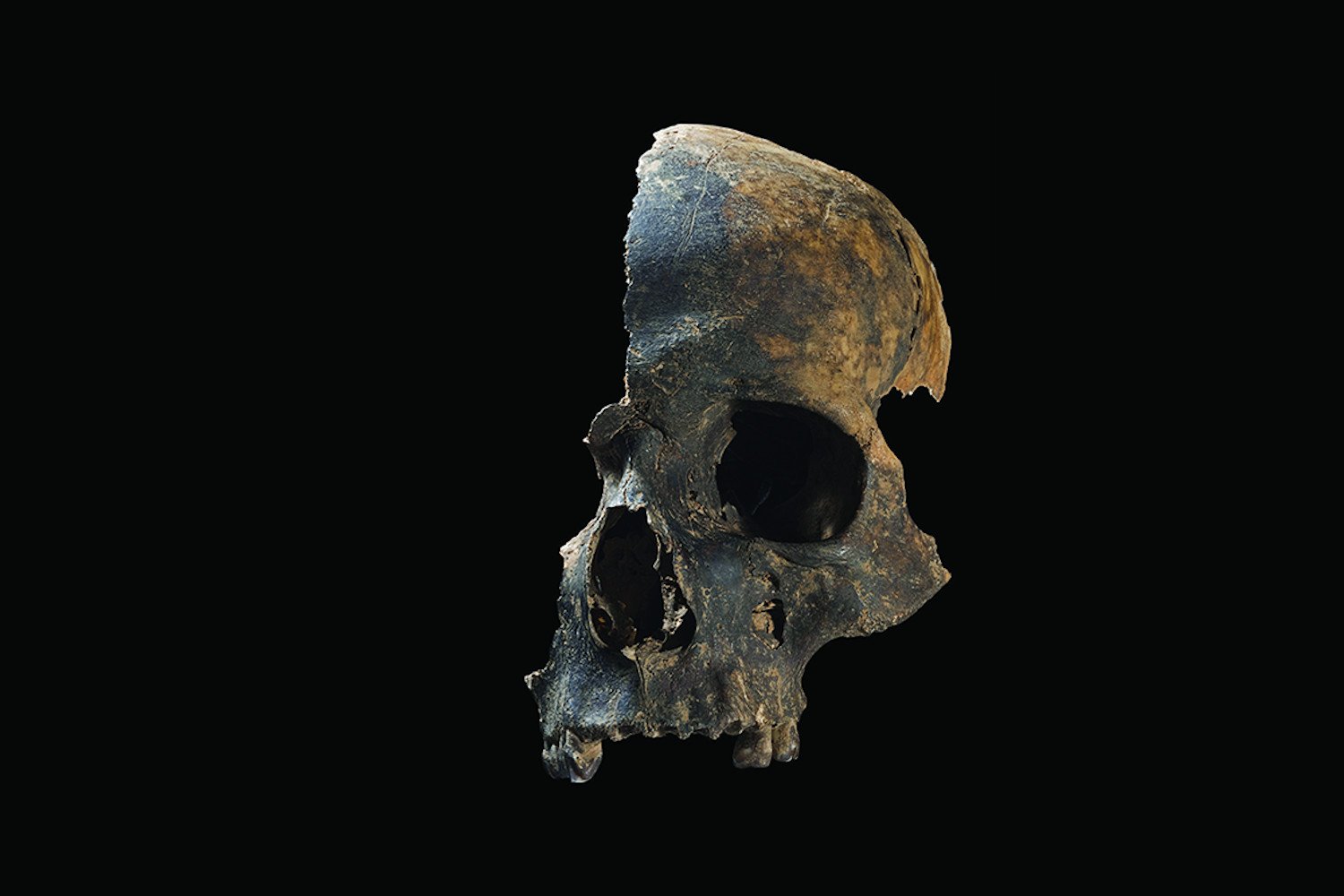The atrocities committed by Nazi doctors during World War II are widely known. However, the horrifying medical experiments conducted by Japanese doctors on captives in occupied China remain largely obscured. New evidence is emerging that sheds light on this dark chapter of history.
Researchers from the Academy of Military Medical Sciences in Beijing have confirmed the presence of Bacillus anthracis, the bacterium responsible for anthrax, at Unit 731. This Japanese World War II-era laboratory located in northeastern China was the site of unspeakable human experimentation. The findings, published in a November 2023 research letter in Emerging Infectious Diseases, corroborate historical accounts suggesting that scientists at Unit 731 deliberately infected prisoners with pathogens to develop biological weapons. This analysis provides crucial scientific evidence of atrocities long overlooked or shrouded in speculation.
Anthrax: A Deadly Bioweapon
Bacillus anthracis causes anthrax, a life-threatening bacterial disease that infects mammals, including humans. Symptoms can manifest as black sores, swollen neck, fever, nausea, and difficulty breathing, among others. Without treatment, the disease can rapidly progress, leading to serious complications or death.
“B. anthracis is considered one of the most serious and threatening agents for biowarfare or bioterrorism,” the researchers stated. They emphasized the limited concrete evidence of its use in biowarfare during World War II, despite historical suggestions.
Genetic Confirmation and Environmental Isolation
In a previous study, the research team detected B. anthracis in three soil samples from Unit 731. Their recent work confirms this presence by isolating the bacteria’s genetic material from the samples and analyzing its physical, biochemical, and genetic properties. The researchers sequenced the genome of the isolated strain, identified key genes, and placed it within an evolutionary framework.
The team also collected 24 additional samples from 12 locations near the laboratory. None of these samples contained traces of B. anthracis. This suggests that the bacteria in the positive samples did not originate from the natural environment. However, the researchers cautioned that similar remains at World War II sites could pose a risk to humans, animals, and the environment if not handled appropriately.
Microbial Forensics and the Pursuit of Truth
“By analyzing the distribution of the positive samples, qualities of the isolated strain, and historical documents, we established a chain of evidence supporting the hypothesis that B. anthracis was misused in inhumane medical experiments and likely for developing biologic weapons during WWII,” the researchers concluded. They highlighted the importance of microbial forensics in tracing biological warfare and understanding biothreats.
A Legacy of Silence and Impunity
Several factors have contributed to the limited knowledge surrounding the inhumane medical experiments at Unit 731. The Japanese executed all surviving victims at the end of the war, effectively silencing firsthand accounts. The United States’ post-war response also played a crucial role. U.S. authorities, including General Douglas MacArthur, granted immunity to the doctors involved in exchange for the medical information obtained from their horrific experiments.
A Call for Remembrance and Accountability
This new evidence underscores the need for greater awareness of the history and impact of Unit 731. Japan only officially acknowledged the existence of this barbaric project in 1984. These findings serve as a stark reminder of the importance of confronting historical atrocities and ensuring accountability for such crimes against humanity.




